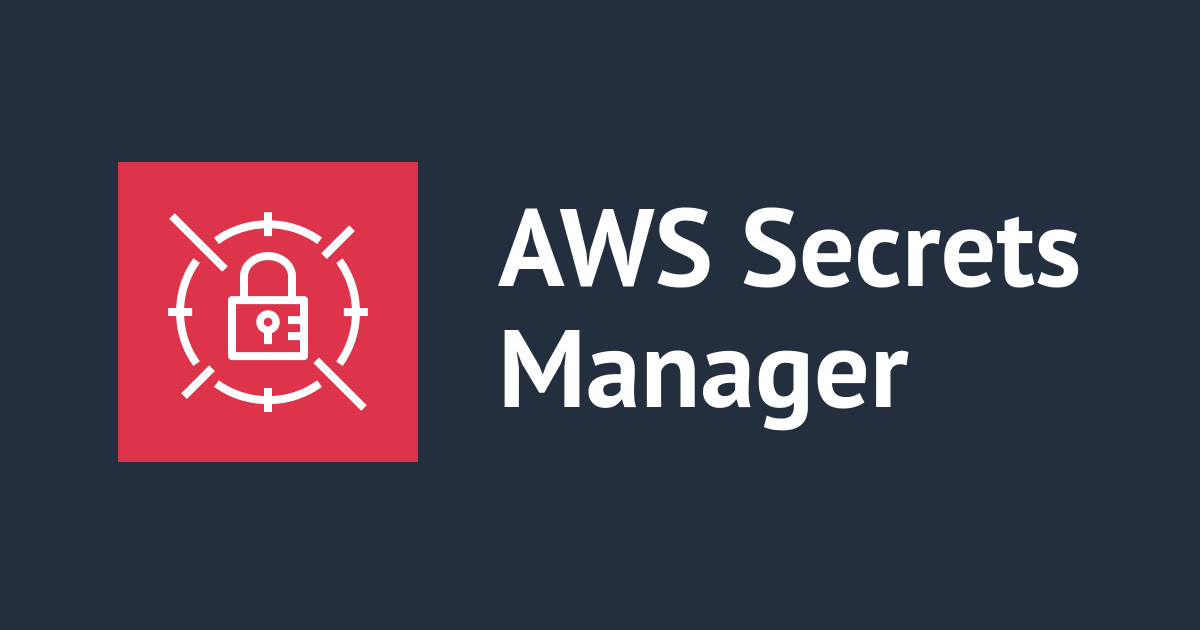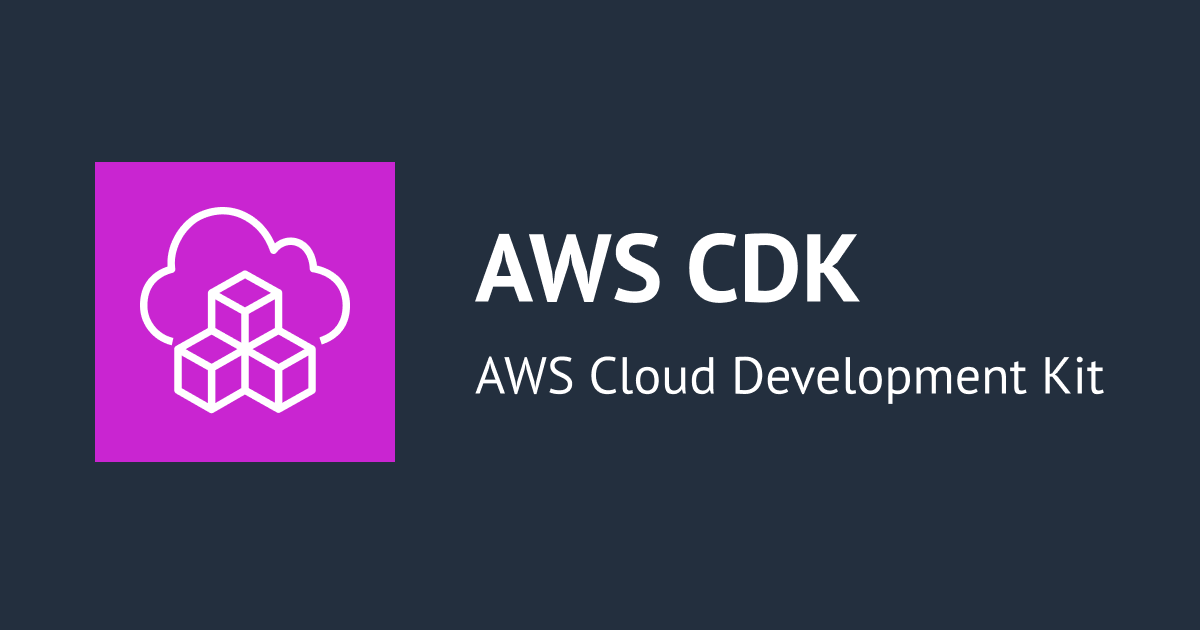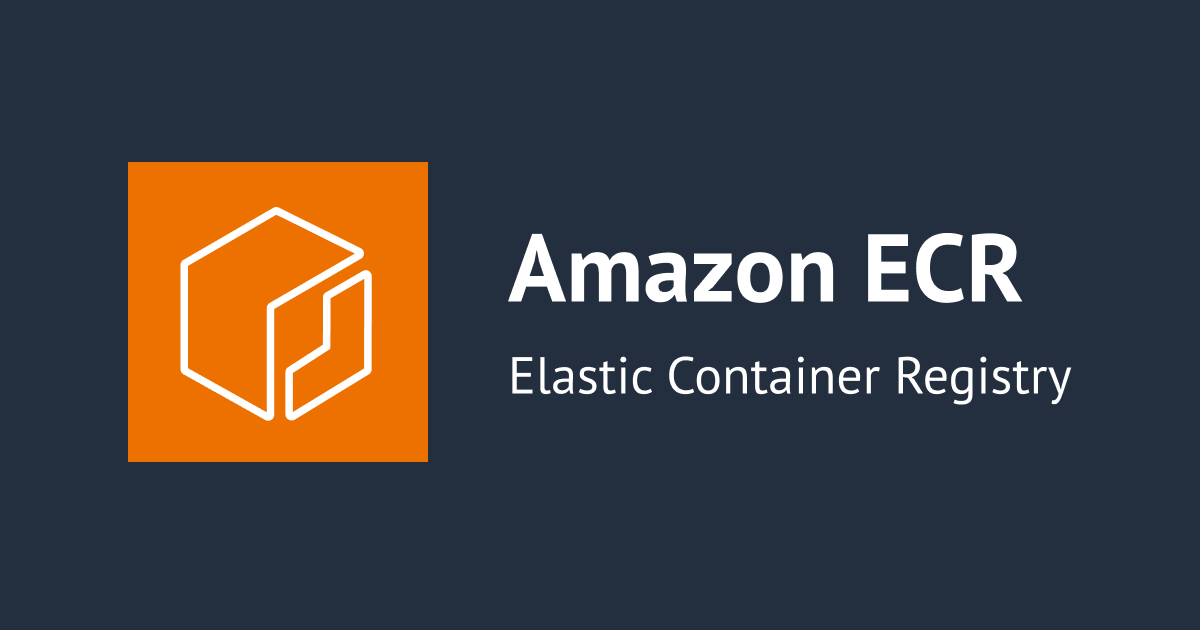
CI-CD Overview
Introduction
In recent times, in any business, customer expectation is to yield a high-quality product in a persistent manner. Continuous feedback and upgradation are the only sustainable way to a successful business. In Software Development, we imbibe CI-CD(Continuous Integration and Continuous Deployment) procedures to be sustainable. CI-CD illustrates the complete product development pipeline.

The Product Pipeline
Continuous Design:
Continuous design processes target upgrading any modular design application. Any component can be subjected to an update in design, improvement in performance, or change in feature. The source cause for this action can be initiated by the customer, by the developer, or by the user’s feedback. The continuous design was given its limelight in Agile software development. Unlike the waterfall model, The continuous design endorses frequent releases in short development cycles. In this way, new customer requirements can be imbibed and adopted easily.
Continuous Integration:
CI is a software development practice, where developers will commit (integrate) their code changes to a shared repository continually. Such commits shall trigger automated builds and tests, enabling quick validation of the code changes. This validation process at the early stage of the development cycle aids in detecting bugs earlier and also fastens the development process.
As goes by the saying “the earlier one detects the defects, the cheaper they are to fix.”
Continuous integration also promotes testing automation. When integrating new commits into the main branch, CI emphasises testing automation to ensure that the application is not broken.
Continuous Delivery:
Continuous delivery is an elongation of continuous integration which is initiated after a series of successful automated testing. Post the testing, we have an automated release process where one can deploy an application to any environment with a single click. Here, the deployment is actually manual and the time interval of deployments can be configured every day, every week, every two weeks, or however frequently your business demands. To ensure that you release code in manageable chunks that are simple to troubleshoot in the event of an issue, you should deploy to production as soon as you can. This way you can actually reap the benefits of continuous delivery.
Continuous Deployment:
Continuous deployment is similar to continuous delivery with one step difference from automated deploy to production. With this procedure, each update that successfully completes your production pipeline is made available to your clients. There is no human involvement, and the only thing that will stop a new update from being implemented in production is a failed test.
Since there is no longer a "release day," continuous deployment is a great method to shorten the feedback loop with your customers. Software developers can concentrate on creating it while watching it go online shortly after they're done.
Thank you.









